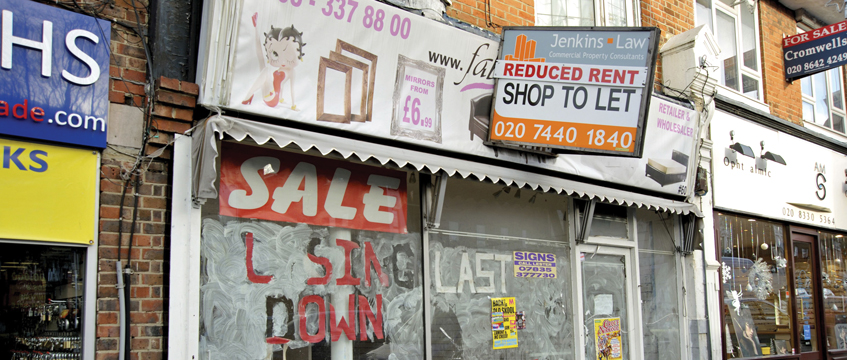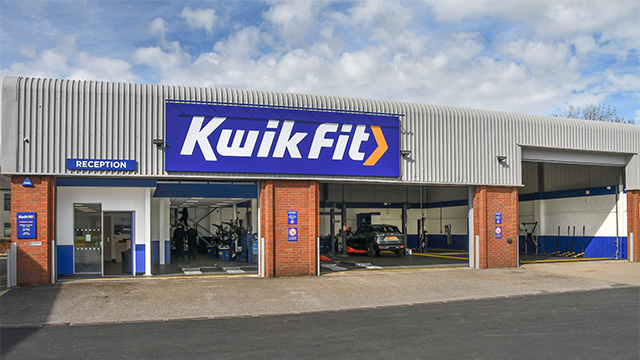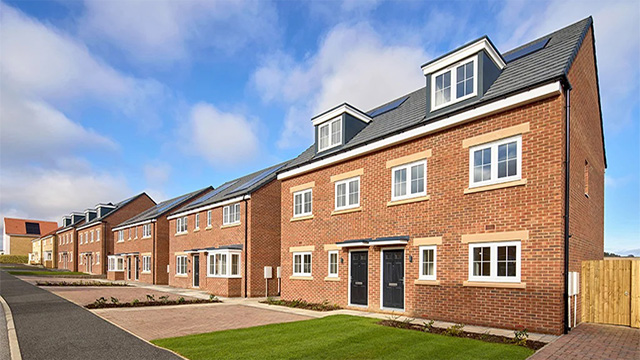The government’s radical planning reforms to allow the conversion of empty commercial buildings to homes could see the number of retail-to-resi conversions boom as local planning authorities are removed from decision making.
Figures from Radius Data Exchange show that local planning authorities have approved less than a third of the 164 retail-to-residential applications made so far in 2020. The approval rate fell from three-quarters in 2018 to two-thirds last year.
Prime minister Boris Johnson has announced new permitted development measures to allow the conversion of vacant commercial buildings. Project Speed means developers will no longer require planning consent from local authorities to demolish or repurpose existing buildings into residential units.
The number of applications to convert retail (A1) stores into residential premises (C3) leapt between 2014 and 2017, although applications have fallen slightly each year since.
Analysis from Property Link shows that adverts for new retail premises to let or to buy has skyrocketed in the past five years, with the number of live properties being marketed at an all-time high.
Tens of millions of square feet of retail space has been surrendered to landlords in recent years, and Covid-19 has amplified businesses’ troubles. The data show that since the onset of the pandemic a further 6.4m sq ft of space has been relinquished by retailers citing the effects of lockdown and the pandemic.
We have charted the future of retail lease covenants, revealing that 50% of active leases signed since 2010 are due for expiry or lease break over the next five years. The relatively long-tail of leasehold termination could serve to open up swathes of property for conversion under the new rules, if landlords deem it more financially viable to convert away from retail to residential.
To send feedback, e-mail james.child@egi.co.uk or tweet @JamesChildEG or @estatesgazette











